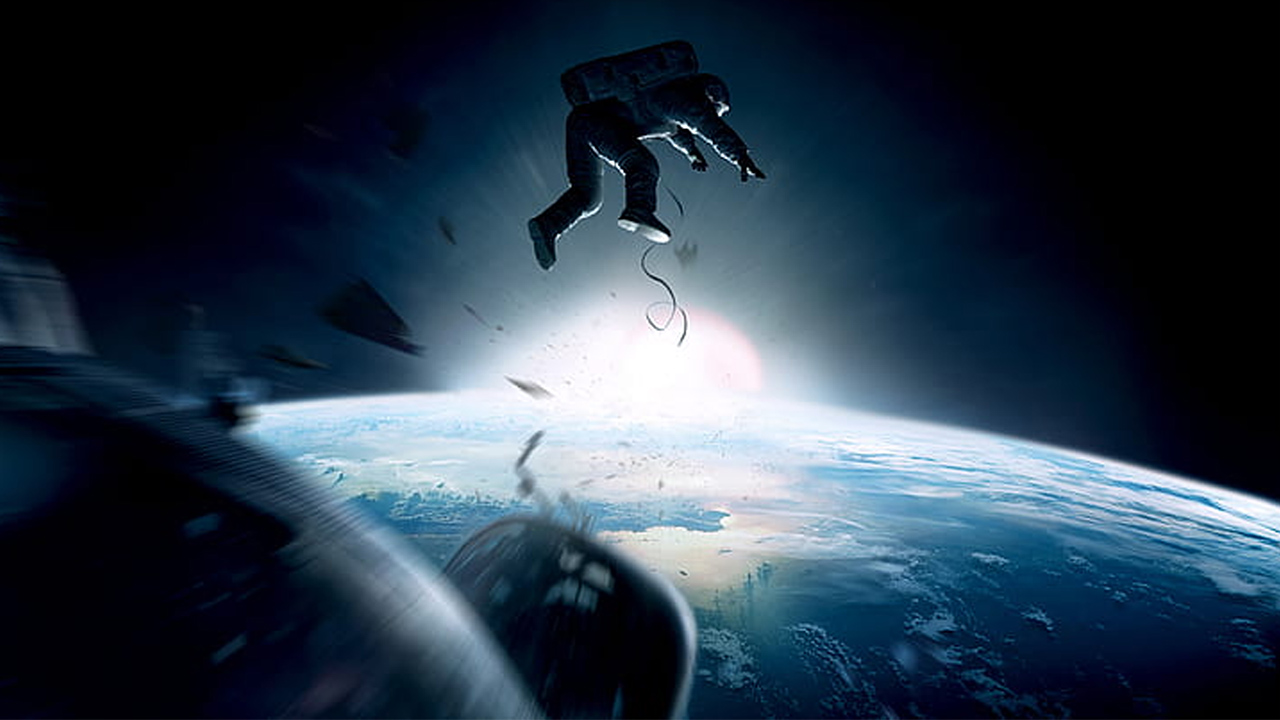The attentional theory of cinematic continuity is an essential framework for filmmakers to create a seamless and coherent viewing experience. This theory posits that our attention is limited, and filmmakers must use visual and auditory cues to guide our focus. One of the key principles of the attentional theory is visual salience, which refers to the most noticeable or striking elements in an image. Filmmakers use these elements to direct our attention to specific areas of the screen.
For example, in the opening scene of the film Gravity, director Alfonso Cuarón uses visual salience to emphasize the danger of space debris hurtling towards the astronauts. The camera focuses on the debris, which is the most visually striking element, drawing the viewer's attention and creating a sense of urgency.
Another principle of the attentional theory is the use of motion and sound to guide our attention. Filmmakers use camera movement, editing, and sound effects to create a sense of movement or change, directing our attention to a new area of the screen. In the chase scene from The Dark Knight, director Christopher Nolan uses quick cuts and fast-paced editing to create a sense of urgency and guide the viewer's attention to the action.
The attentional theory also emphasizes the importance of maintaining spatial and temporal continuity throughout a film. Filmmakers achieve this by using techniques such as establishing shots and shot-reverse-shot editing. An establishing shot provides a wide-angle view of the setting, creating a sense of spatial continuity. Shot-reverse-shot editing, in which the camera cuts back and forth between two characters in conversation, maintains temporal continuity.
In an interview with The Guardian, director Edgar Wright discussed the importance of maintaining continuity in his films. He said, "In a film, the most important thing is continuity - making sure that the geography of the scene is clear so the audience knows where they are."
Finally, the attentional theory is essential for creating the "invisible edit," in which shots flow seamlessly into one another, creating the illusion of continuous action. Filmmakers achieve this by matching the movement and composition of shots. In the classic film Citizen Kane, director Orson Welles uses the invisible edit to seamlessly transition between shots, creating a sense of visual flow that draws the viewer into the story.
In conclusion, the attentional theory of cinematic continuity is a powerful tool for filmmakers to create a seamless and engaging viewing experience. By using visual and auditory cues, maintaining spatial and temporal continuity, and creating the illusion of continuous action, filmmakers can guide the viewer's attention and immerse them in the world of the film.

Comments